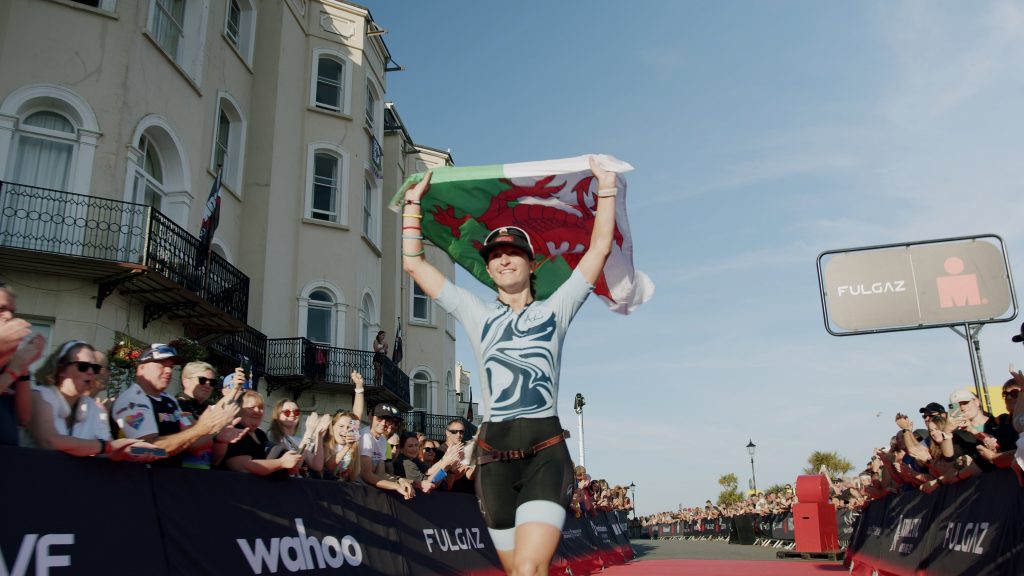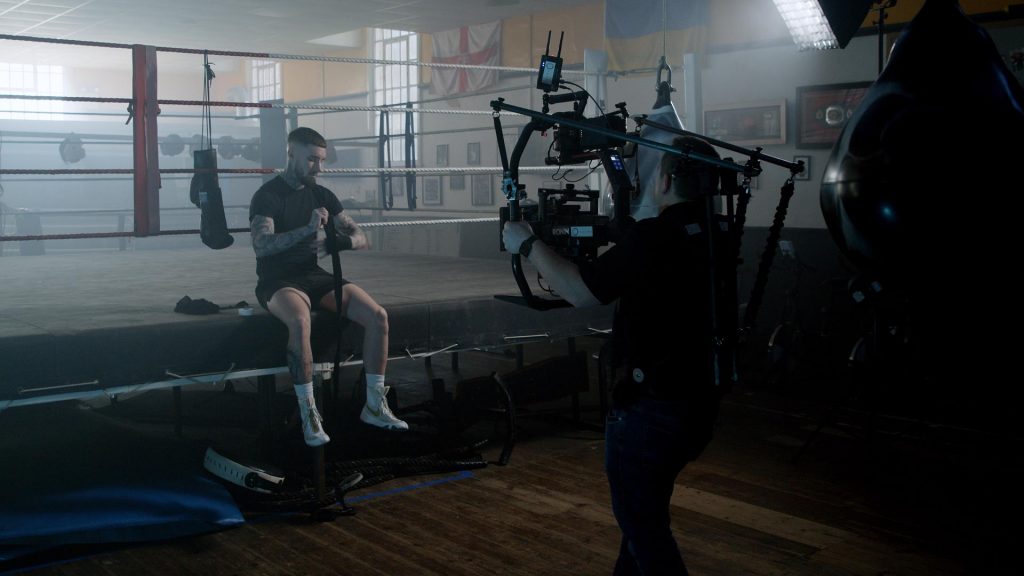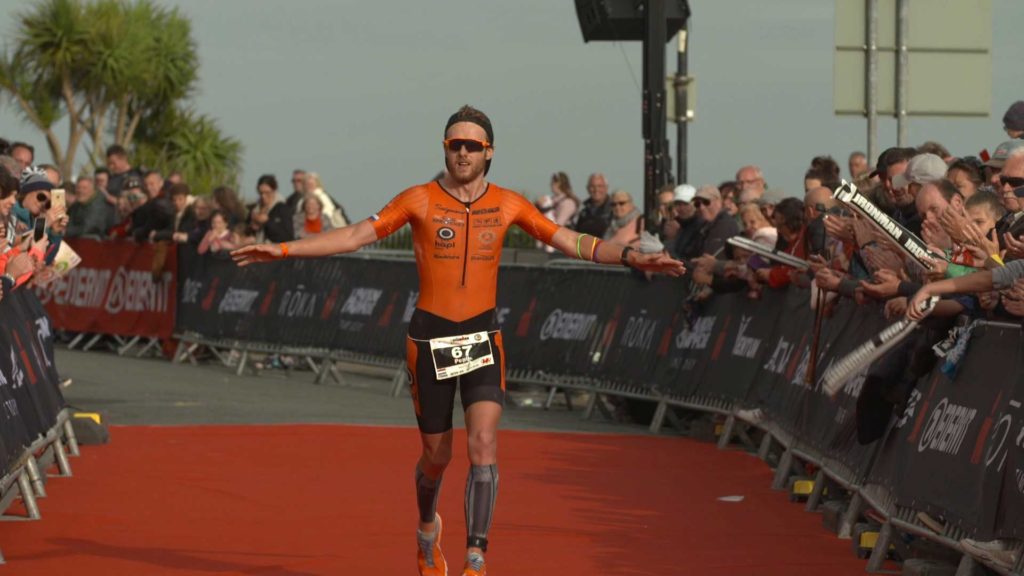
Sports videography is not just about capturing the action; it’s about bringing the viewer into the heart of the event, making them feel every moment as if they themselves were there live and in the flesh. Sports videography is a thrilling, yet challenging part of the video production industry; because after all, every sport presents its unique set of demands – from the unpredictable nature of the action to the varying weather and lighting conditions that sports videographers have to try and work with.
In essence, the adrenaline of live sports combined with predetermined expectation of precision that professional video production companies often have for themselves, creates the kind of environment where only the most skilled and prepared can excel.
The team here at Astor Film Productions understand these challenges in some considerable detail. Our journey through the lens has taught us how to capture the essence of sports events, transforming fleeting moments into lasting memories.
Having worked on a number of large sporting events over the last few years, particularly in capturing the essence of IRONMAN triathlon events across the UK, we’ve picked up some good practice as well as knowing the all too costly mistakes that should be avoided. Filming IRONMAN races has equipped us with the ability to anticipate and react to rapid developments, understanding the flow of the race, and most importantly, capturing the human stories within the competition.
So, with that experience, we’ve put together this article on what sports videographers can make sure they take into account when they’ve got an upcoming shoot on an event that most certainly does not allow for re-shoots.
1. Understand The Dynamics Of Sports Videography
Videoing sports events, especially dynamic ones like triathlons, is exciting, it produces phenomenal results after post production, but it is, however, inevitably unpredictable and challenging. In events such as IRONMAN, the athletes transition from swimming to cycling to running, each phase presenting its unique challenges for videographers. The key is to understand the rhythm of each sport. For instance, in a triathlon, the swim might require a focus on wide, sweeping shots to capture the scale of the competition, while the bike and run segments allow for more intimate, close-up views of the athletes’ determination and exhaustion. It’s about capturing not just the athletes, but the spirit of the competition – the tension in the air, the cheer of the crowd, the scenic backdrops – all these elements combine to tell a compelling story.
All of these factors and challenges mean that in sports videography, a sports videographer’s adaptability and quick thinking are as essential as the camera in their hands. Unlike other areas of video production, where you’re going to arrive with pre-written scripts and a good anticipation of what’s to come, sports are unpredictable. A moment’s hesitation could mean missing the winning shot or a significant event. Videographers need to be constantly aware, ready to move, adjust settings, or even switch locations at a moment’s notice.
It’s about being proactive, having a good understanding of the sport you’re filming, and using that understanding to try and predict where the next crucial moment might occur. Knowing the rules, the players, and even the venue can provide crucial insights into where the action is likely to unfold. This foresight allows for preparation, ensuring you’re always in the right place at the right time, with your camera ready to capture the magic.
2. Have The Right Equipment For Sports Videography

All video production is elevated by better cameras, equipment, editing software etc. But sports videography takes this quality purist attitude to a whole nother level. Having the best camera, typically those which can shoot in 4k or even 8k, is absolutely indispensable for capturing the fine details and vibrant action of different sporting events. Having equipment capable of providing higher resolution footage offers more flexibility in post-production, allowing for cropping or zooming without losing image quality. In dynamic sports like triathlons, where every detail counts, 4K cameras ensure that the intensity and emotion of the athletes are captured with crystal-clear clarity.
Videoing sports events is also going to need a lot of stabilisation, naturally. The last thing any sports fan wants is footage that’s shaking and all over the place – this really doesn’t help connect them with the action at all!
Steady-cams and gimbals play a crucial role in capturing smooth, fluid motion, especially important when tracking athletes on the move. Whether it’s following a runner or moving alongside a cyclist, these tools help in reducing shakiness and maintaining a professional quality to the footage. Tripods, on the other hand, are indispensable for static shots or when a steady frame is required. They are ideal for interviews, establishing shots of the venue, or any moment where stability is paramount. The choice between a steady-cam, gimbal, or tripod largely depends on the type of shot required and the dynamics of the specific sporting event being covered.
3. If Possible Use Drone Shots When Videoing Sports
Anyone who watches a different number of sporting events, will see that drone shots are used incredibly often and in many different ways (they just may not notice that these are drone shots). In large, this is because drone technology has revolutionised sports videography, offering an unprecedented way to capture aerial shots and unique perspectives. In football matches for example, drones often are used to give a bird’s-eye view of the pitch. In some of the triathlon events we’ve been part of the production team for we’ve used them to showcase the vastness of the course and the collective spirit of the event – with crowds often lining many different streets in whole towns and villages.
Drone shots when filming sports like triathlons allow us to capture sweeping landscapes, follow athletes across challenging terrains, and provide viewers with a comprehensive view of the event’s scale and atmosphere. Drones add a cinematic quality to sports footage, bringing an exciting and dynamic element to the storytelling.
However, when it comes to operating drones at sporting events, this is something that requires meticulous planning and adherence to regulations. You’re going to need to be aware of and comply with local drone laws, which can vary depending on the location. There is some UK Government guidance on the use of drones which you can view here, however it’s important to know that certain local councils may have other requirements for you to meet, so always check with them first.
As well as the regulations, it’s important to be familiar with the drone’s capabilities and limitations. Sports videographers should practise flying in different conditions to master control and responsiveness. Always perform a thorough pre-flight check, be mindful of weather conditions, and plan your flight path in advance. Ensuring smooth and safe drone operation not only enhances the quality of the footage but also upholds the standards of professionalism and safety in sports videography.
4. Specific Camera Techniques & Tips For Sports Videography

We’ve already spoken about how difficult it can be to constantly adapt to the unpredictability of sports videography. But, there are some good practices which sports videographers can stick to when they’re trying to ensure that they get the job done to the best of their ability.
When it comes to capturing fast-paced action in sports, the right camera settings are crucial. The key is to find a balance that allows for clear, sharp images while conveying the speed and dynamism of the event. A higher shutter speed is often indispensable so that you’re able to freeze motion and avoid blur, especially when you film sports like cycling or running in a triathlon.
For most sports events, shooting at a shutter speed doubles your frame rate – for example, 1/100th of a second for a 50fps rate – provides a good balance of clarity and motion. In terms of ISO, aim to keep it as low as possible to avoid noise, but don’t be afraid to increase it slightly in low-light conditions to maintain image quality. Aperture settings will vary based on the depth of field you desire and the lighting conditions, but a mid-range aperture can often provide a good balance between focus depth and exposure.
Finally, it’s important to pay attention to framing and movement, it’s usually more suitable to frame wider shots that show context and environment, allowing the viewer to appreciate the scale of the event and the athlete’s effort within it. However, don’t shy away from occasional tight shots that capture the raw emotion that is so often associated with athletes and sportspeople. The movement of your camera should match the pace of the sport – smoother, slower movements for steady-paced action, and quicker, more reactive movements for high-intensity moments.
5. Post-Production In Sports Videography
The final part of any video production project is always the editing, or post-production. It’s the phase where the raw footage from the shoot transforms into a captivating narrative, and in sports videography, a captivating narrative is all the more poignant. The key to post-production for sports films is the thoughtful use of editing techniques to enhance the visual appeal and clarity of the footage. Colour grading plays a significant role in setting the tone and mood of the video. For sports footage, vibrant colours often work well to reflect the energy and dynamism of the event. Adjusting contrast and brightness can help in highlighting the key moments and maintaining the visual consistency of the footage across different lighting conditions encountered during the event.
But editing isn’t just about correcting or slightly enhancing the footage that you decide to use; it’s about creatively using tools like slow motion to bring real emphasis to the crucial moments that people are going to be looking out for in the video. This could be as simple as the triumph in a winning athlete’s face or it could be the split second where something unexpected changed the entire trajectory of the event! But, in order for these creative effects to truly find their impact, you need to use them sparingly. Overuse of things like slow motion can dilute their impact, and a sporting event that was captivating to attend, might no longer be as captivating to watch back if overused visual effects damage its intrigue.
By its very nature, sports videography is all about storytelling, and post-production is the place in which you’re able to make that happen with a more extensive impact. Every sport has an immense capacity to tell a story, be it of; determination, triumph, and sometimes, defeat – but your editing has to help this story be told in the most interesting way it can. Taking the viewer on a journey from the anticipation of the start through the climax of the competition to the resolution at the end involves more than just stringing together a series of clips; it requires a narrative structure.
There are of course additional elements which can be incorporated to help tell this story. Things such as; athlete interviews, crowd reactions, and shots of the environment can add depth to the story. Music and sound design are also powerful tools in conveying emotion and intensity. Remember, the aim is to make the viewer feel connected to the event and the athletes, to experience the highs and lows as if they were there. The final edit should not just showcase the sports event but also convey the human story behind it.
Final Thoughts
It’s clear that capturing sports events, which are so dynamic in their nature, is far more than a more traditional video production project. The demand for storytelling, emotions and bringing the audience into the heart of the action (whilst needed in other videography projects) is amplified exponentially by the raw essence of sporting events.
This means getting it right can be much more daunting and challenging, and often only those with experience can get it right without encountering trouble. At Astor Film Productions, we embrace the challenges and unpredictability of sports videography, transforming them into opportunities to capture unforgettable moments.
Our experience with diverse sporting events, especially the high-energy IRONMAN races, has meant we have the experience to anticipate the unpredictable, and can work on filming sports events to a much higher level than most. So, if you are looking at how to get the best possible footage that truly resonates with your viewers or fans, why not get in touch with the Astor team and let us make your next sporting event all the more successful.
